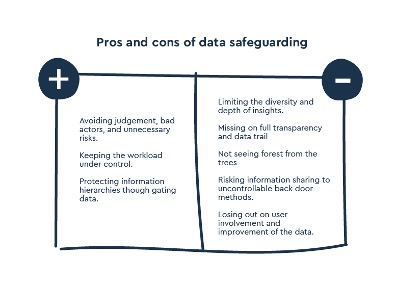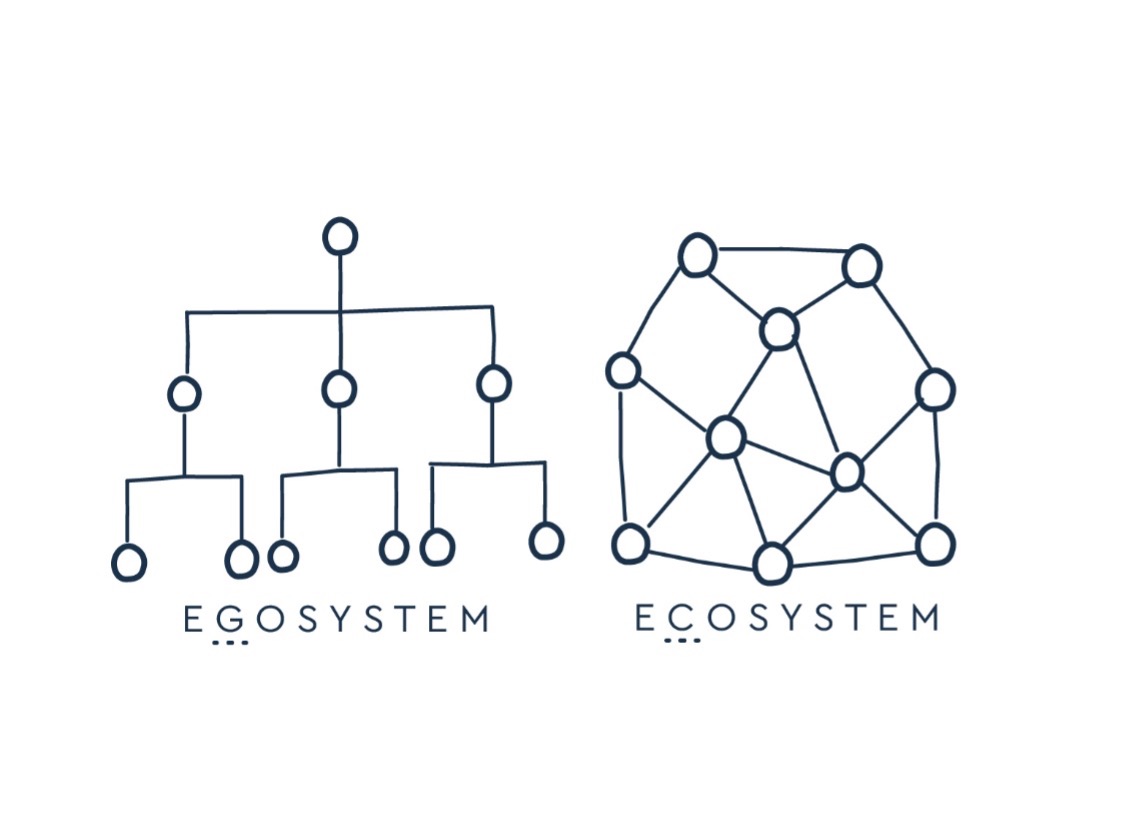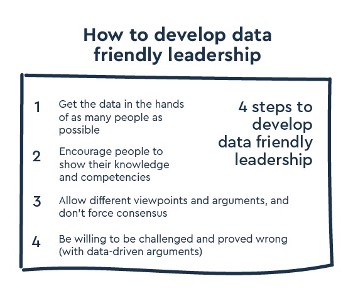Procurement teams continue to evolve, especially as the executive leadership team looks to them for value and competitive advantage in addition to cost savings. Although the procurement value proposit...
When it comes to negotiating savings, leveraging volume to take advantage of supplier efficiencies and economies of scale to drive down prices based on forecasted demand has always been procurement’s ...
It has become increasingly common to hear about technological disruptions. Every day there is a new tool, software, methodology or someone trying to do something different. And this is excellent! Tech...
Data democratization is making digital information accessible to wider audience so that the data is available, accessible, and understandable. Democratized data is accessible in a timely manner and un...



Procurement is a significant business function, having operational and commercial impacts on multiple departments. Although procurement process excellence and strategic sourcing initiatives can drive ...
Author: Nancy Jorgensen Editor’s note: This article is part of the MyPurchasingCenter content archive. It was originally published in 2015 and appears here without revision. Microsoft Exce...
“Technology is the easy part. It is always the people who apply the tools who make a difference.” - Jacob Gorm Larsen, A Practical Guide to E-Auctions for Procurement, p. 7 When Jacob Gor...
This content was made possible by a collaboration with the team at JAGGAER. For as many times as we have run implementation projects, they are still fraught with friction and frustration. Worst of all...
This content is made possible by Warm Commerce ERP systems are absolutely critical for business process consistency, materials management, and financial coordination.As the data cr...
Today, most supply chain and procurement software solutions rely on value added resellers as part of their go to market strategy. ‘Resellers.’ as the name suggests, act as the sales, solutioning, impl...
This content was made possible by a collaboration with the team at JAGGAER. Category management requires procurement to ‘rise above’ the level of understanding traditionally associated with strategic ...
This content was made possible by a collaboration with the team at JAGGAER Category management is one of the many processes – like spend analysis, supplier performance management, and strategic sourci...
This article was made possible through a collaboration with Creactives. Emerging technologies are ‘all the rage’ in procurement today – especially for rules-based tasks that have to be quickly and rel...
“Naturally, Industry 4.0 requires a new procurement. The factors driving the change are the hyper-competition, globalization, supply chain risks, resource scarcity and many more. But the most importan...
Many years ago, our telecom operator outsourced customer bill printing. That was an example of the basic outsourcing, as the business process still stayed fragmented between the external provider, our...
“Customers are the key to any business, the prime reason for a company to exist! In the current digital era, customers are no longer passive buyers of products at the end of the value chain, but activ...
This content was posted on the MyComplianceOffice blog on July 8, 2020 When a company makes the decision to implement compliance software, the steps the...
This content was made possible with a collaboration with SAP Procurement 2020 is a year most procurement professionals will never forget. Our supply chains were thrust into the spotlight ov...
Data analysis has an image problem. Despite the fact that data collection is priority one, regardless of how common “big data” buzzwords have gotten, and setting aside all the calls for data-centric decision making… The boots on the ground, those of us who manage this analysis daily, have a problem.
“The advent of new technologies – most notably blockchain – has the potential to radically transform how transactions are recorded, stored and used throughout supply networks. The result: a transparen...